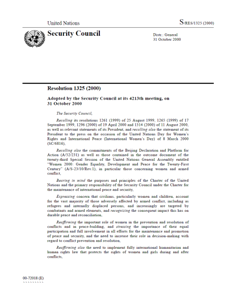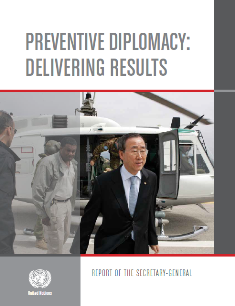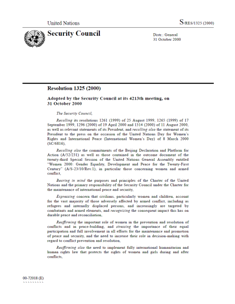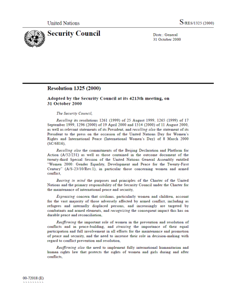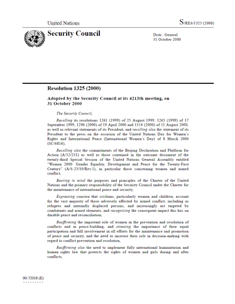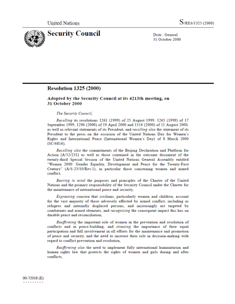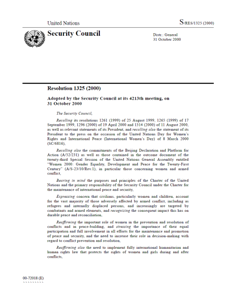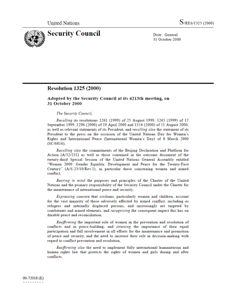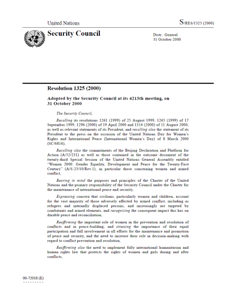
August, 2014 | Author: Security Council
S/RES/2171 on the use of system-wide approach to conflict prevention
The Council stressed its determination to make greater and more effective use of “negotiation, enquiry, mediation, conciliation, arbitration, judicial settlement and resort to regional and subregional organizations and arrangements, as well as the good offices of the Secretary-General”.
